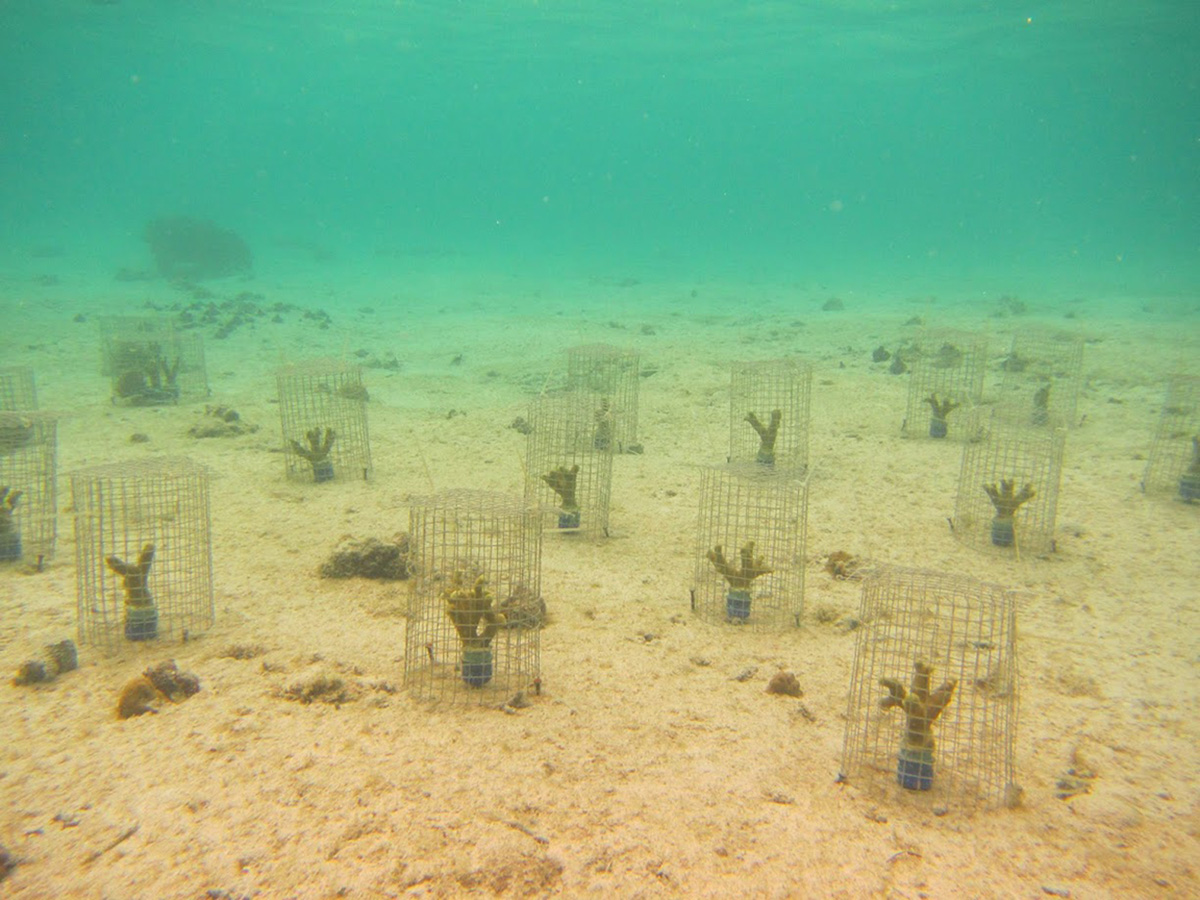
Tiny snails leech off corals like ticks and weaken reefs
Tiny snails could jeopardize one of the few hardy species of coral left capable of adapting and recovering more efficiently than other more delicate coral reef systems.
Researchers from the Georgia Institute of Technology discovered that a species of snail acts like a tick and drains liquid from the Porites cylindrica coral. This can damage coral growth and decimate already compromised and degraded reefs.
Coral reefs are declining at an unprecedented rate, and face a wide range of stressors and threats including overfishing, bleaching, rising sea-temperatures, and pollution. The snail may be a formidable opponent to add to that list.
“Once the reefs are down and nearly out, these snails are piling on,” said Mark Hay, a co-author of the study. “The Porites coral is kind of the last man standing, the last hope for some of these reefs coming back, and they are the ones these snails selectively prey on. As you get fewer and fewer corals, the snails focus on the fewer and fewer of these colonies that remain. This is part of the downward spiral of the reefs.”
Because the snail can camouflage itself on the reef and doesn’t leave behind any obvious markings, the seriousness of the threat the snails posed was previously overlooked.
To better understand the snail’s impact on coral, researchers conducted several experiments on Fiji Island reefs.
The results were published in the journal Ecological Application and show that the snails can reduce coral growth by 43 percent in less than a month.
The researchers noticed that the snails were much more abundant on degraded reefs where fishing was permitted. There were 35 times more nails on degraded corals than on corals in protected reefs.
For the study, the researchers isolated coral branches, attached snails to them and came back after 24 days to assess the damage and growth rates.
Coral growth on the infested branches was reduced by 18 to 43 percent compared to the branches that were snail free.
“A single snail can do a considerable amount of damage,” said Cody Clements, a leader of the study. “They are sucking the juice out of the coral. If you have a lot of snails feeding on a single coral colony, it can be very hard for the colony to thrive.”
The researchers suspected that the increase in snail populations in some reefs versus others had to do with fishing restrictions. Fish can help manage predators and seaweed in coral ecosystems but if fishing is permitted, there are less fish to do this crucial job.
Snails were attached with both protected and unprotected reefs to find out if fishing played a role in decreasing snail infestations.
Not surprisingly, the snails in protected reefs were eaten and the snails’ shells overtaken by hermit crabs.
“From the predation evidence, it looked like the fish were eating the snails,” said Clements. “It seemed like the main element driving the difference was the protection status of the area where the snails were tethered.”
The coral species that the snails prefer most are also considered a key coral for reef recovery because of its hardy nature, and the researchers say that tackling overfishing and keeping corals protected is necessary for maintaining biodiversity.
—
By Kay Vandette, Earth.com Staff Writer
Image Credit: Cody Clements, Georgia Tech













